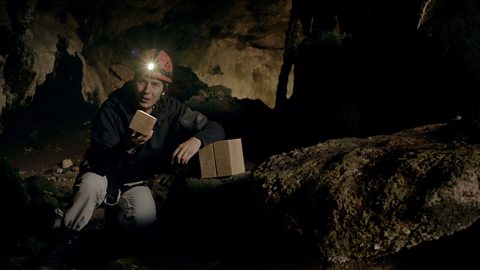Video summary
Professor Brian Cox explains the evolution of the mammalian ear bones, the malleus, incus and stapes.
He uses a flip-book animation to show how the jaw bones of basal reptiles migrated back into the skull to form the tiny bones of the middle ear.
This clip is from the series Wonders of Life.
Teacher Notes
This clip could be used to show how the three smallest bones in the body work to help us to hear. Could be used in association with a larger ear model where the students can see the use of these bones in the mechanism of hearing.
They could work in a group to act out how the sound waves enter into the ear and how the ear in turn interprets these waves into sound signals the brain uses.
This clip could be used to exemplify how species have evolved over the period of a number of years. For example, the flipchart used in the clip shows how scientists believe the three bones in the ear evolved.
However, this can also be used to show how we can use this information to trace back family ancestry, using this in conjunction with the fossil evidence such as those for horses for example.
This clip will be relevant for teaching Biology at KS3 and KS4/GCSE in England, Wales and Northern Ireland and SQA National 3/4/5 in Scotland.
Bacteria and the development of an oxygen rich atmosphere. video
Professor Brian Cox explains how the Earth developed an oxygen rich atmosphere due to organisms called Cyanobacteria.
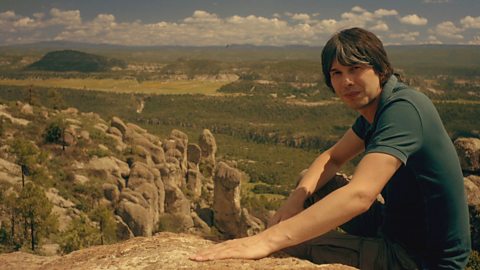
Conservation of energy. video
Professor Brian Cox explains the first law of thermodynamics. He describes how energy is always conserved, never created or destroyed.

How has life on Earth become so varied? video
Professor Brian Cox explores how life on Earth is so varied, despite us all being descended from one organism, known as LUCA. He examines how cosmic rays drive the mutations that create evolution.

Lemurs: Evolution and adaptation. video
Professor Brian Cox visits Madagascar to track down the rare aye-aye lemur, and see how it is perfectly adapted to suit its surroundings.
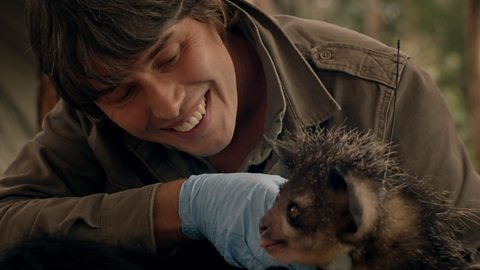
Jellyfish and photosynthesis. video
Professor Brian Cox sees photosynthesis in action, investigating a unique type of jellyfish that have evolved to carry algae within their bodies and feed off the glucose the plants create.
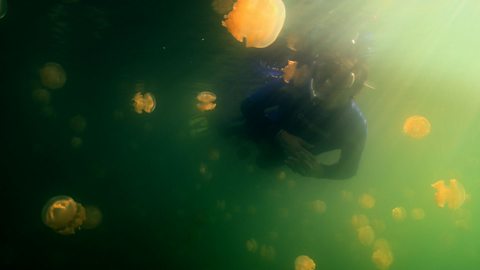
The arrival of water on Earth. video
Professor Brian Cox describes the similarities between isotopes of water on comets and our planet and suggests that the water in the oceans may have come from asteroids.
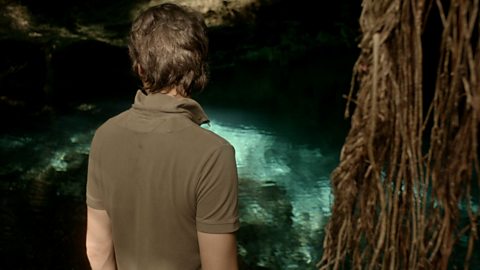
The origins of life on Earth. video
Professor Brian Cox explains that in hydrothermal vents on the ocean floor, energy is released in the presence of organic molecules.
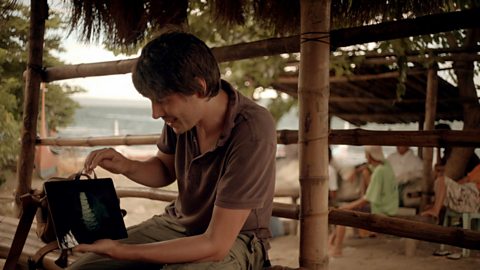
Evolution of sight. video
Professor Brian Cox shows the stages of the evolution of the eye, from a primitive light sensitive spot, to a complex mammalian eye.
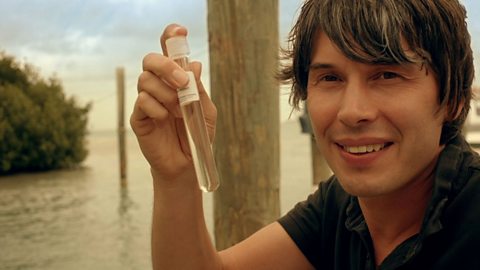
Evolution of the senses. video
Professor Brian Cox compares the way that protists sense and react to their environment with the action potentials found in the nerves of more complex life.
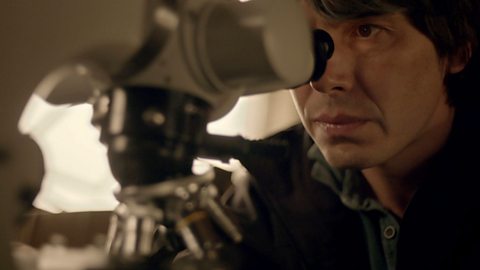
Gravity, size and mass. video
An explanation of how forces including gravity affect organisms. Professor Brian Cox explains that as size doubles, mass increases by a factor of eight.
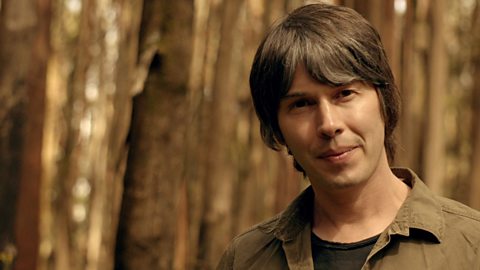
Size and heat. video
Professor Brian Cox explores the relationship between an organism's body size and its metabolic rate.
